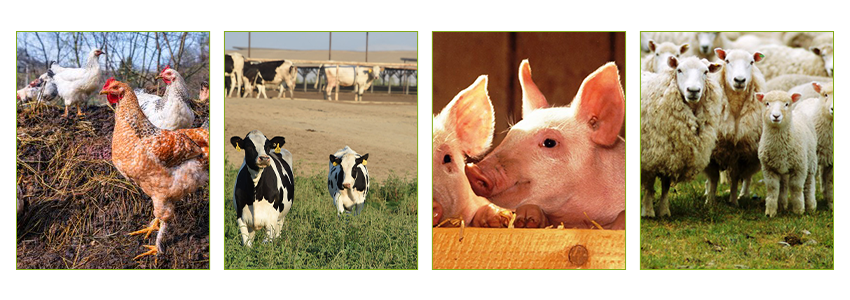In recent years, with people’s emphasis on food safety, more and more people from all walks of life have higher and higher expectations for organic food, ecological agriculture, sustainable agriculture, and green ecological breeding.
In addition, as agricultural policies have been issued, it is necessary to fundamentally improve the pollution problems of agriculture and animal husbandry. A large amount of livestock and poultry manure produced by farms is used to produce green organic fertilizers, which also imperceptibly drives the sales of organic fertilizer production lines.

Many people will think of buying equipment to produce organic fertilizers when they learn that the country strongly supports organic fertilizers. First, we will consider how much investment is required to build a small organic fertilizer factory? How much investment does a set of organic fertilizer production lines require. How is organic fertilizer produced? What equipment does a small organic fertilizer factory need? These issues must be of concern to manufacturers and investors.
How is organic fertilizer produced
The manure organic fertilizer production technology is to add a fermentation bacteria to the livestock and poultry manure and other organic materials, and after about two weeks of composting, it can achieve the purpose of completely deodorizing, decomposing, killing insects, and sterilizing the livestock and poultry manure, which is harmless and commercialized. The manure is then composted to make a powder or granular fertilizer. The technology of the organic fertilizer production line is especially suitable for the processing of livestock and poultry manure in farms, planting bases and concentrated breeding areas. Click here to know more

Small organic fertilizer production line cost
In fact, the cost of small-scale organic fertilizer production projects is still relatively low. The amount of starter used on the raw materials is small, and only 1 kg of starter is needed for fermenting 1000 kg of organic fertilizer raw materials, and only a few tens to three hundred yuan can be invested to produce one ton of organic fertilizer that meets the national standard.
In terms of equipment, the price of a small powdered organic fertilizer production line ranges from $15,000 to $120,000. The cost of a small granular organic fertilizer production line is $50,000-250,000.
Small organic fertilizer production line covers an area
Annual output of 5,000 tons of organic fertilizer granulation production line covers an area of 2,000 square meters, granulation plant area: 600 square meters, and fermentation plant area of 1,400 square meters.
If you want to get more information about small scale organic fertilizer making, https://fertilizerequipmentmanufacturer.com/small-scale-organic-fertilizer-production/ may help you a lot.
















